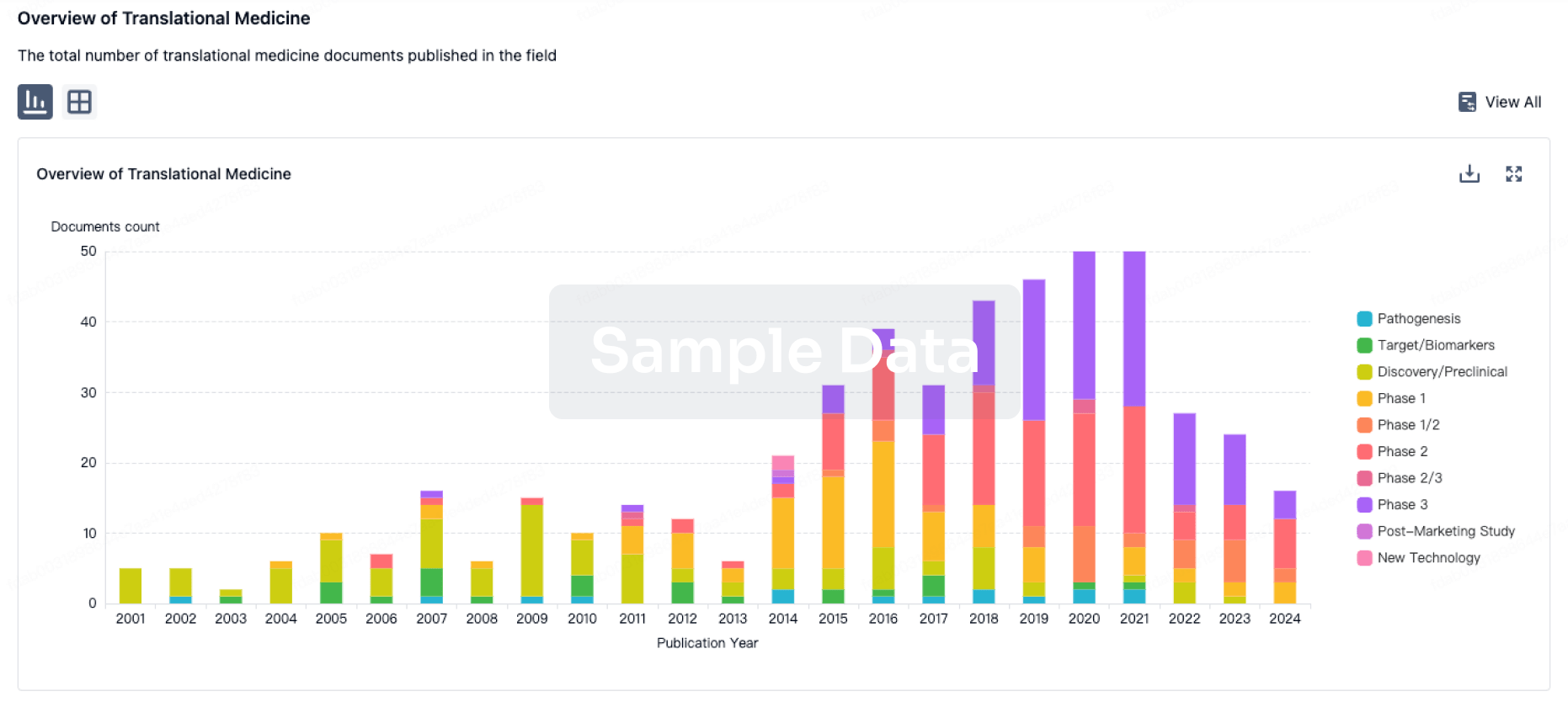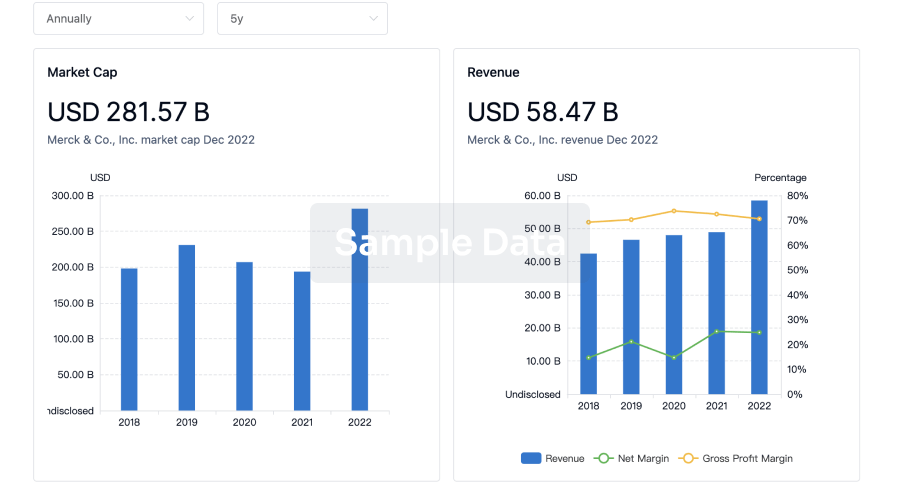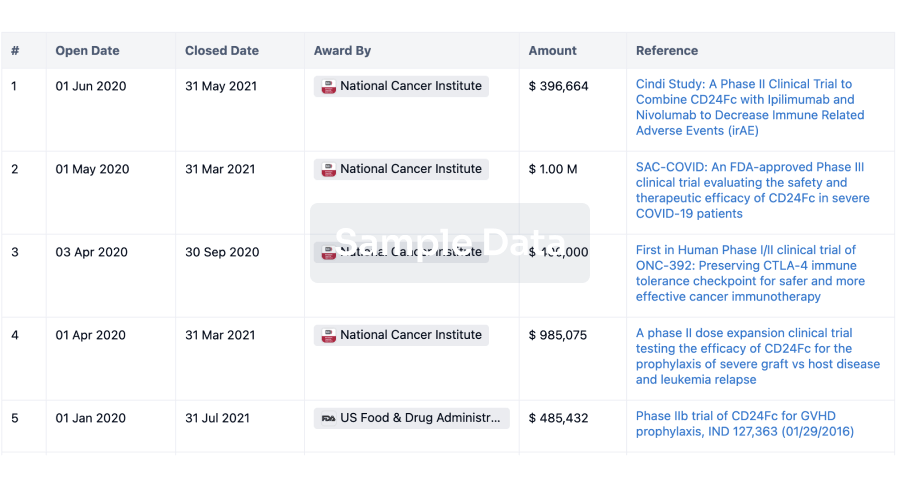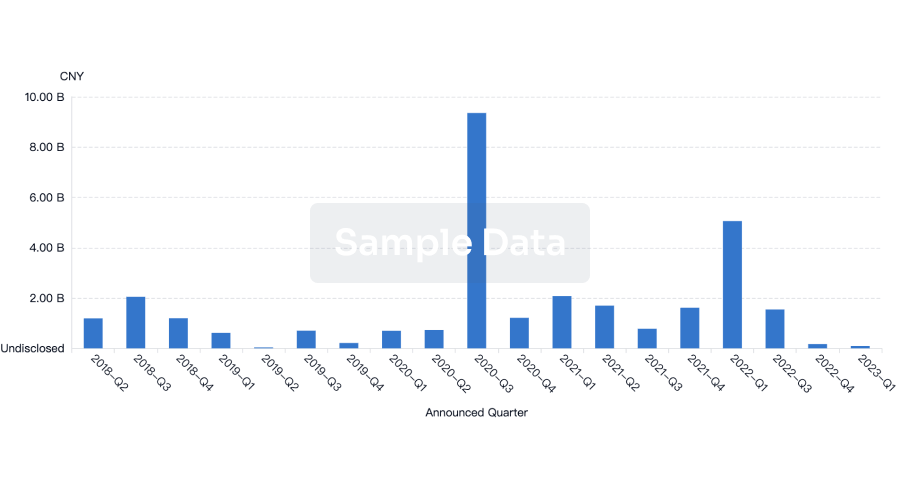/ Not yet recruitingNot Applicable Comparative Clinical Efficacy and Microbiological Effects of Two Oral Antiseptics Used as an Adjuvant in the Treatment of Severe Periodontitis
The focus of this study is on two types of mouthwashes - one containing a chlorhexidine (CHX) at 0.2% (CHX), and the other one containing CHX at a lower concentration of 0.12% with cetylpyridinium chloride (CPC). Both mouthwashes are used to help in the treatment of gum disease. CHX has been known for a long time for its effectiveness against plaque and mouth inflammation. It could inhibit and even kill them. However higher concentrations of CHX comes with unwanted side effect including altered taste, teeth staining and irritation in the mouth. Interestingly, these side effects seem to occur less frequently when a lower concentration CHX solution is used. CPC also combats bacteria by adhering quickly to the surfaces inside your mouth, although it has less substantivity than CHX, it has been shown to reduce plaque and gum inflammation effectively, and it typically causes fewer side effects than CHX. We hypothesize that this new formulation of CHX 0.12%+CPC mouthwash is non-inferior to CHX 0.2% in terms of its anti-plaque and anti-inflammatory properties while presenting with less side effects after 21 days of use. Microbiological samples and fluids from periodontal pockets will be collected before and after treatment for analysis of microbiological effects.
/ CompletedNot Applicable Randomized, Double-blind, Multicenter Pilot Clinical Trial to Evaluate the Use of a Mouthwash With Cetylpyridinium Chloride (CPC) in the Prevention and Reduction of Symptoms of Viral Upper Respiratory Tract Infections (vURTI)
This is a randomized, controlled clinical trial with two parallel groups in which 150 volunteers (75 per group) will receive either VITIS CPC Protect® mouthwash (Mouthwash with cetylpyridinium chloride (CPC) as an anti-plaque antiseptic at a concentration of 0.07%) or mouthwash without cetylpyridinium chloride, as control group Subjects included in the study will be followed for 90 days. Symptoms associated with vURTIs (viral upper respiratory tract infections) should be recorded, when they appear, to determine the existence of viral infections of the upper respiratory tract.
Symptoms and adverse effects will be recorded when the episode occurs. The assignment as VURIs will be made by the investigator once the diaries have been completed, or during the symptoms if possible.
/ CompletedNot ApplicableIIT Impact of a Newly Formulated Tooth Paste in the Prevention/Elimination of Tooth Staining Associated With Adjunctive Use Chlorhexidine Mouth Rinses to Subgingival Instrumentation. A Randomized Clinical Trial
Dental staining may interfere with compliance with chlorhexidine mouth rinse use
Thus, developing strategies to control tooth staining associated with chlorhexidine use may be relevant for improving compliance. Thus, a new anti-staining toothpaste formulation (Dentaid, Barcelona, Spain) has been recently developed, aiming to interfere with the development of extrinsic staining associated with chlorhexidine use (preventive action), but also with the capacity of removing staining already formed. For that, the proposed formulation includes hexametaphosphate, tripolyphosphate and polyvinylpyrrolidone (PVP), within its ingredients. Thus, it may be relevant to test the efficacy of this new anti-staining toothpaste formulation in two consecutive randomized clinical trials (RCTs).
Objectives The primary objective of these RCTs will be to evaluate the capacity of preventing tooth staining, associated with the use of a chlorhexidine mouth rinse, adjunctive to subgingival instrumentation (step 2 of periodontal therapy) (RCT #1). As secondary objective, the capacity of eliminating or reducing tooth staining already present will be assessed (RCT #2).
100 Clinical Results associated with Dentaid SL
0 Patents (Medical) associated with Dentaid SL
100 Deals associated with Dentaid SL
100 Translational Medicine associated with Dentaid SL








